Newer business jets are offered with a wide variety of applications.
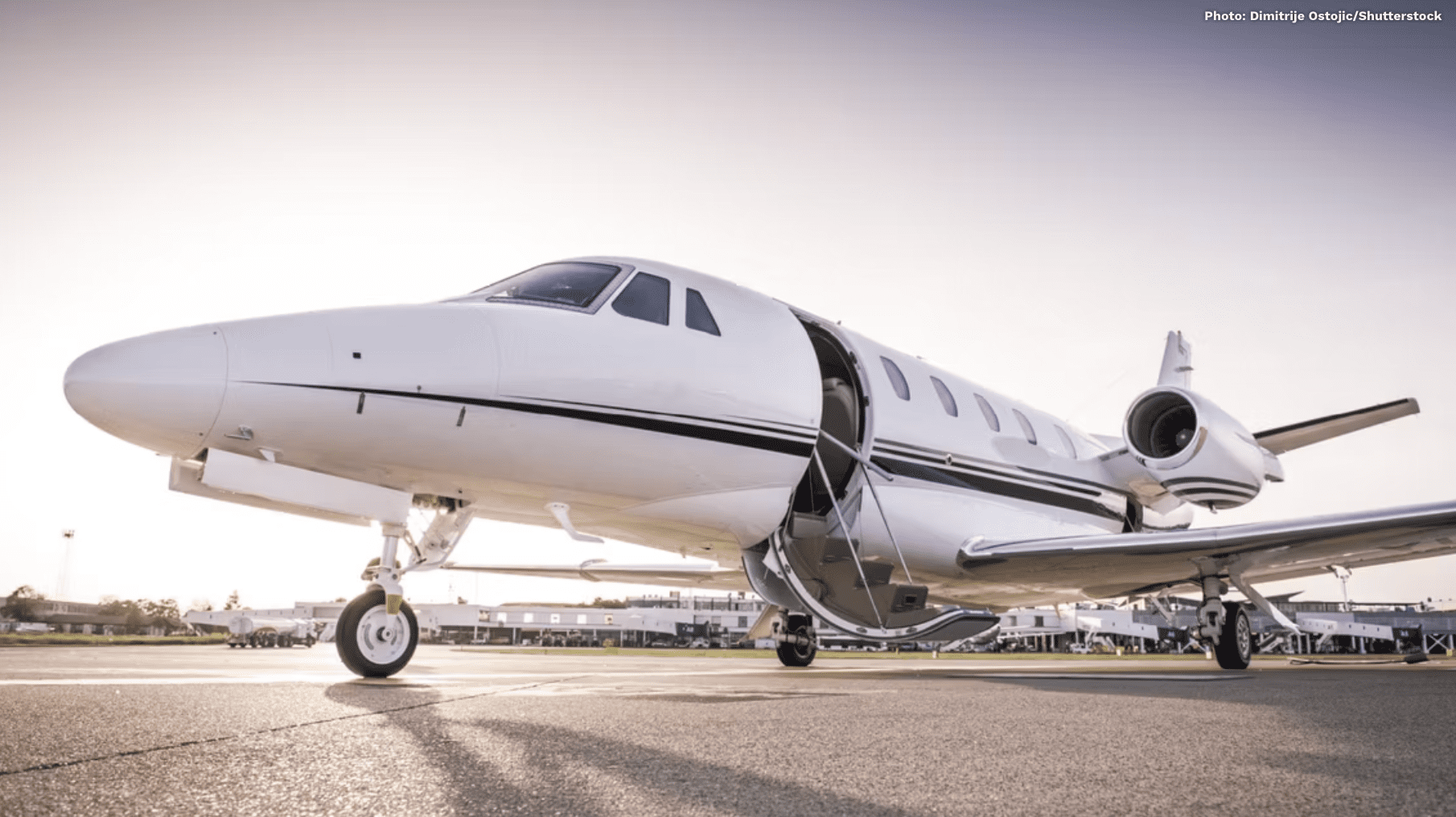
Business and private jet travel has significantly increased in the last decade. The desire for extreme flexibility and convenience, particularly for business owners and executives, has given rise to more business jets. Currently, there are more than 22,000 business jets in the world, 68% of which are registered in the United States. If the business jet market continues to grow at the same rate, it is expected to surpass $40 billion by 2040
Moreover, these types of aircraft provide a comfortable environment where administrators can catch up on work during travel. One can argue that business class cabins on commercial airplanes also offer a comfortable work environment. However, the flexibility of schedule and the ease of travel is taken away. According to billionaire Mark Cuban, the owner of the Dallas Mavericks basketball franchise, who purchased the Gulfstream V in 1999,
“Since I’ve owned the GV, there are too many examples to count of how the airplane has helped me. Flying out after a late-night game to be at a meeting the next morning. Leaving a meeting to get home in time for my daughter’s first daddy-daughter dance. It’s part of my life that I can’t be without.”
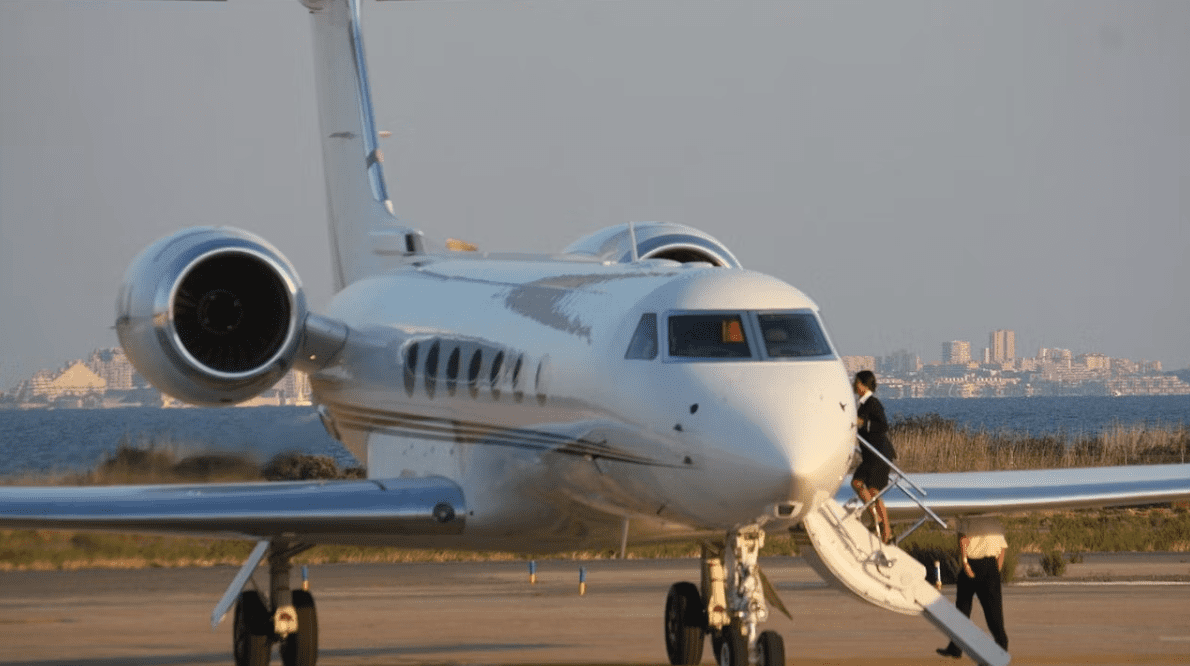
In the past two decades, newer business jets have catered to a wide range of audiences. From leisure travel to transportation mediums for sports teams and humanitarian cargo and aid missions, business jets come in all sizes, shapes, and applications. Manufacturers also offer a variety of cabin and cargo configurations to attract all types of customers. In this article, we explore five ways in which business flight operations have changed in recent years.
1. Business and leisure combined
Most business jets are no longer only used for business travel but also for leisure for those who can afford it. This is particularly true for those who own their jets. For example, individuals may use their planes for business most of the year. However, they are also used for leisure, family, and other travel purposes.
Executives like Mark Cuban use their business jets for leisure travel with friends and family. With their busy schedules, the jets provide the flexibility of going on a vacation with family while also catching up on work-related tasks. According to Mr Cuban,
“It (referring to his Gulfstream V jet) means I have more hours in my day to spend with friends and family. It means I can get more work done. It means I can travel comfortably with my family. It’s a life- and game-changer.”
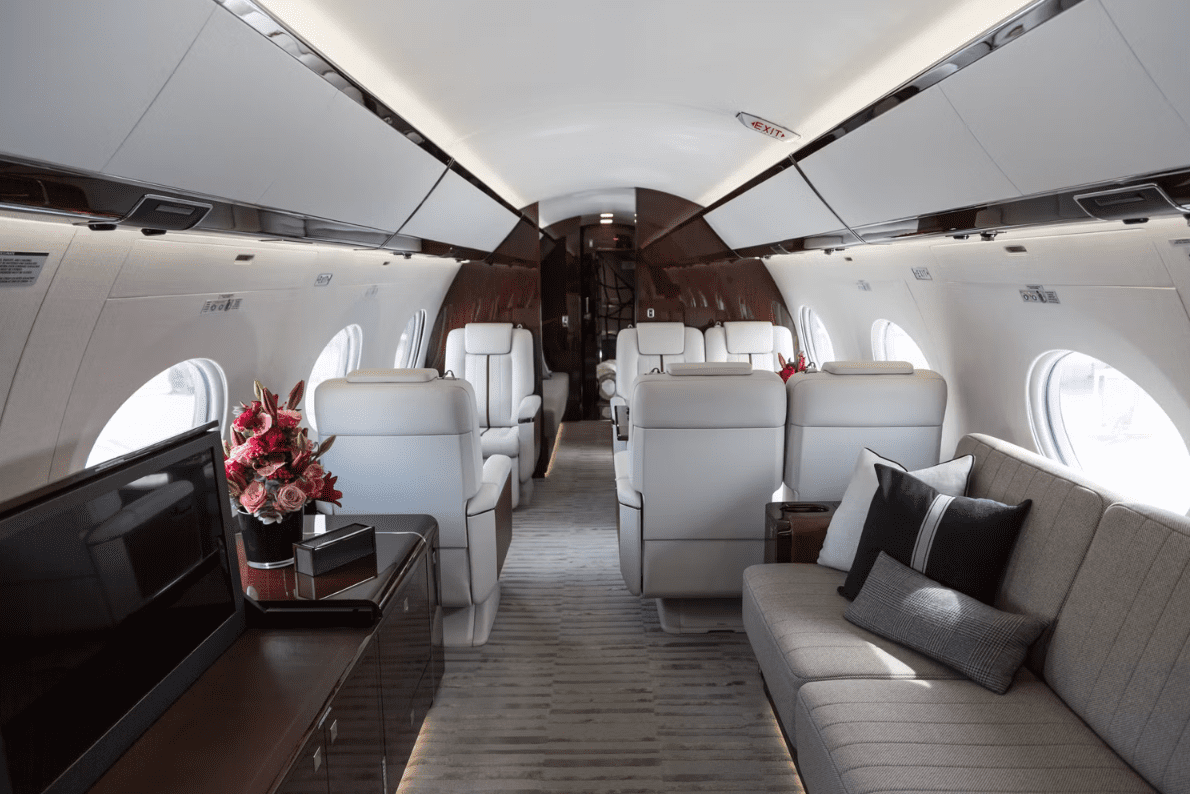
Photo: Matti Blume via Wikimedia
Owners of business jets are also known for hosting private parties, such as birthdays, anniversaries, and other informal celebrations in their aircraft. Both Boeing and Airbus offer large business jets that are derivatives of their respective narrowbody commercial aircraft. Irrespective of the size of the plane, its cabin configuration can be switched to cater to a different audience when needed. Business jet charter and leasing companies also configure the cabins based on customer requirements.
2. Fractional ownership of business jets
Business jets do not have to be wholly owned. In recent years, fractional ownership has become increasingly common. Under such contracts, multiple individuals or corporations own a share in a plane. In other words, the ownership is divided between various entities, thereby reducing costs and risks for everyone.
All parties pay a portion of the upfront cost and maintain the operating and other expenses annually. Aircraft management and leasing companies typically maintain fractional ownership contracts. Each owner is allocated a set number of flying hours a year. Such agreements have enabled more companies and individuals, including entrepreneurs, to gain access to private jets.
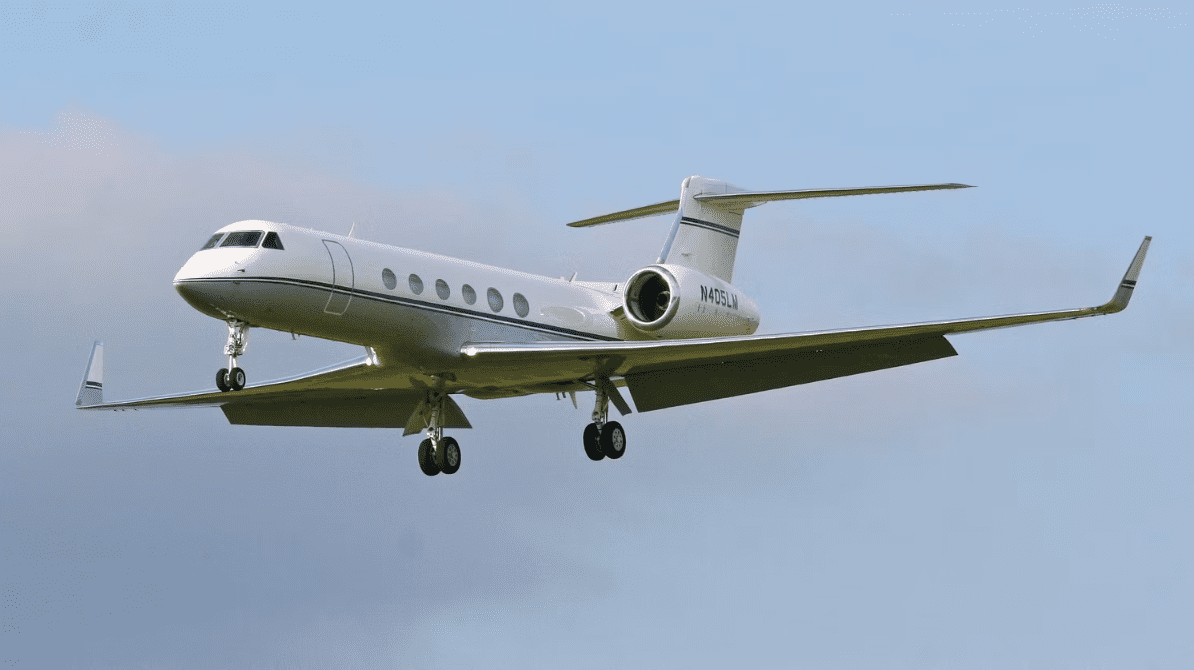
A single entity may not be willing to spare $25 million for a medium-sized aircraft and pay massive overhead and operating expenses. Instead, ten parties can come together to pitch in $2.5 million each and still own the aircraft. Some fractional ownership contracts also allow the owners to access a wide range of aircraft within the management company’s active fleet.
3. Pay-per-use access
While on-demand aircraft charters are not new, those who are interested also have access to what is called private jet membership cards, or Jet Cards. These are paid memberships with private jet management companies that maintain a fleet of executive aircraft. Customers use their choice of aircraft by pre-paying through the membership card. According to Jets.com that offers private jet rental through the use of Jet Cards,
“A Jet Card is a prepaid card bought in 25-hour increments, that is redeemed to book a flight on one of our private aircraft with as little as 72-hour notice. It’s a simplified and cost-effective way to experience our safe and luxurious private travel.”
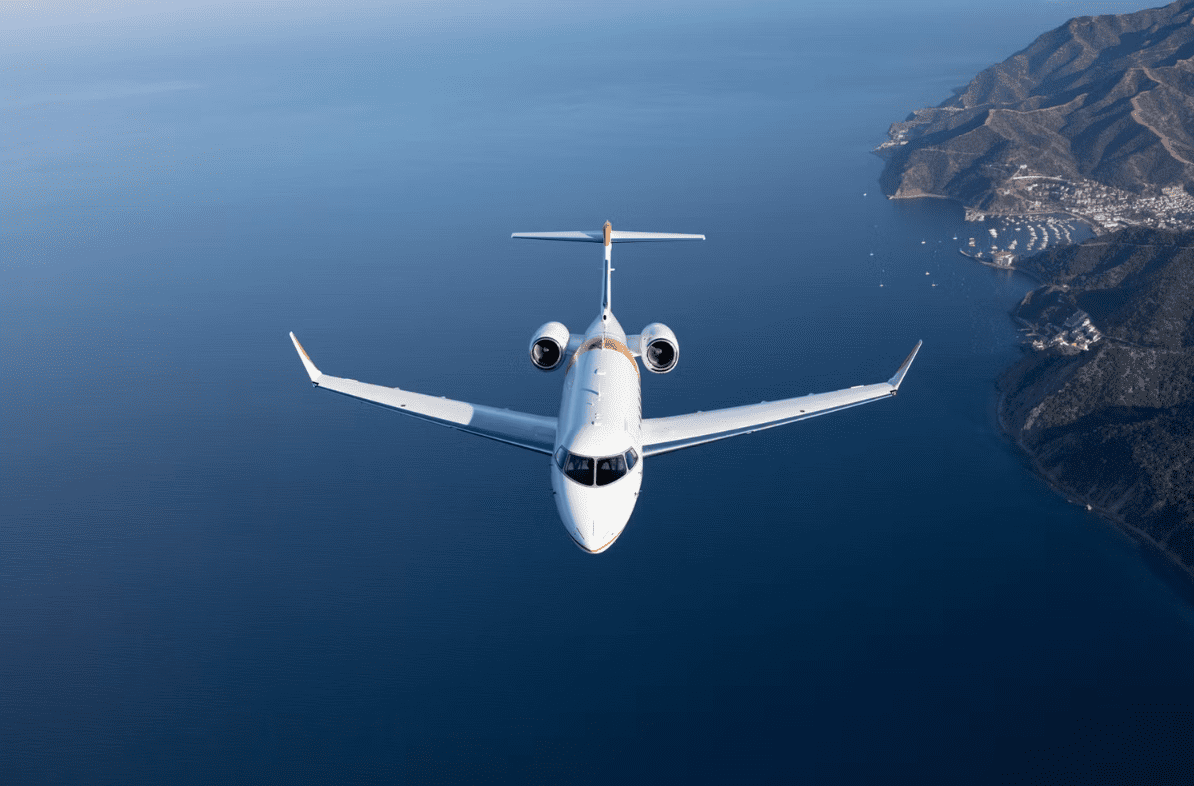
Photo: Bombardier
These business jet access streams are ideal for those who like to minimize their own risk while still being able to use corporate jets frequently. NetJets, another private aircraft management company, states that Jet Cards are most suitable for those who wish to use private aircraft for 25 or fewer hours in a year.
4. Humanitarian missions
Business jets are increasingly being used for humanitarian missions worldwide. From rescuing people during a natural disaster and providing medical support to transporting refugees, private aircraft come in handy for time-sensitive missions. During the recent Russian conflict with Ukraine, hundreds of repatriation flights were performed using private jets.
The operation of these jets can bypass the traditional complexities of air travel and fulfill the mission more simply and efficiently. Similarly, in the aftermath of natural disasters, such as the Haitian earthquake in 2019 and the earthquake in Morocco this month, private jets played a significant role in rescue missions.
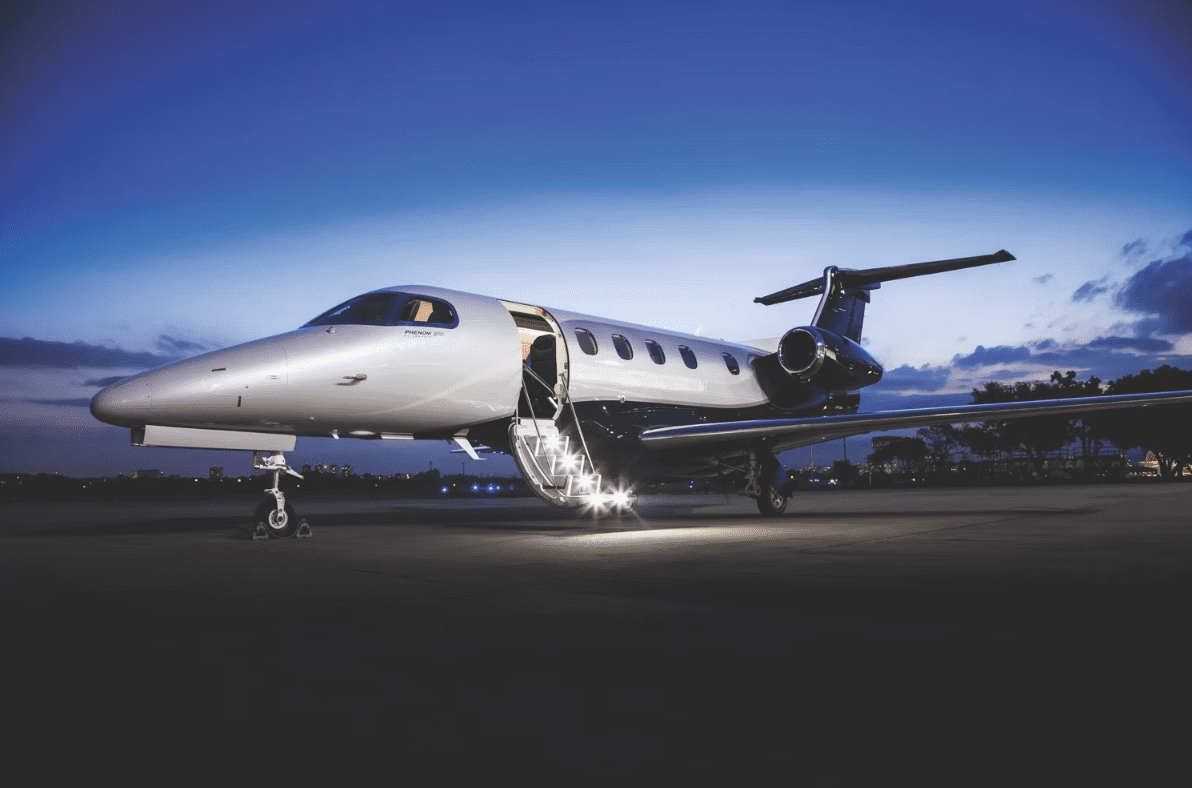
Photo: Embraer
With most private jets able to operate from unconventional runways (unpaved surfaces, grass, dirt, and gravel), they can bypass conventional airports and operate at secondary airfields. As such, more people closer to the site of interest can be addressed quickly. While helicopters are usually deployed for humanitarian assistance, private jets are significantly faster, can accommodate more people, and fly farther.
5. Transport of essential cargo
As mentioned earlier, business jets can be configured for a wide range of applications. Not only do newer business jets provide in-cabin cargo space for passenger luggage, but entire cabins can be configured for cargo-only operations. That means essential cargo can now travel in a pressurized cabin at controlled temperatures. This is particularly ideal for medicines and other drugs that must be stored in a controlled environment at all times.

At the onset of the COVID-19 pandemic, hundreds of private jet flights were run across the globe to transport essential cargo, including medical ventilators, vaccines, and face masks, to remote areas. While most large commercial airliners were busy transporting critical cargo to and from major airports, private jets served as much-needed feeder medium for smaller, more remote areas.
Source: Simple Flying

Warning: Illegal string offset 'cookies' in /home/u623323914/domains/eng.bayviet.com.vn/public_html/wp-includes/comment-template.php on line 2564